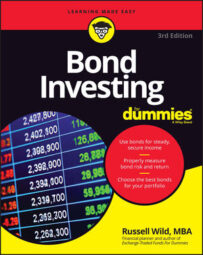If a company starts to go through hard times, any proceeds from the business or (in the case of an actual bankruptcy) from the sale of assets go to you before they go to shareholders.
However, bonds offer no ironclad guarantees. All investments carry some risk, such as downgrade risk.
Even if a bond doesn’t go into default, rumors of a potential default can send a bond’s price into a spiral. When a major rating agency, such as Moody’s, Standard & Poor’s, or Fitch, changes the rating on a bond (moving it from, say, investment-grade to below investment-grade), fewer investors want that bond.
This situation is the equivalent of Consumer Reports magazine pointing out that a particular brand of toaster oven is prone to explode. Not good.
Bonds that are downgraded may be downgraded a notch, or two notches, or three. The price of the bond drops accordingly. Typically, a downgrade from investment-grade to junk results in a rather large price drop because many institutions aren’t allowed to own anything below investment-grade. The market therefore deflates faster than a speared blowfish, and the beating to bondholders can be brutal.
On occasion, downgraded bonds, even those downgraded to junk (sometimes referred to as fallen angels), are upgraded again. If and when that happens (it usually doesn’t), prices zoom right back up again. Holding tight, therefore, sometimes makes good sense.
But bond ratings and bond prices don’t always march in synch. Consider, for example, that when U.S. Treasuries were downgraded by Standard & Poor’s in 2011 from an AAA to an AA rating, the bonds did not drop in price but actually rose, and rose nicely.
Why? In large part, it was because of the credit crisis in Europe and the realization of Japan’s rising debt. In other words, although the United States appeared to be a slightly riskier place to invest vis-à-vis other nations, it actually started to look safer.

